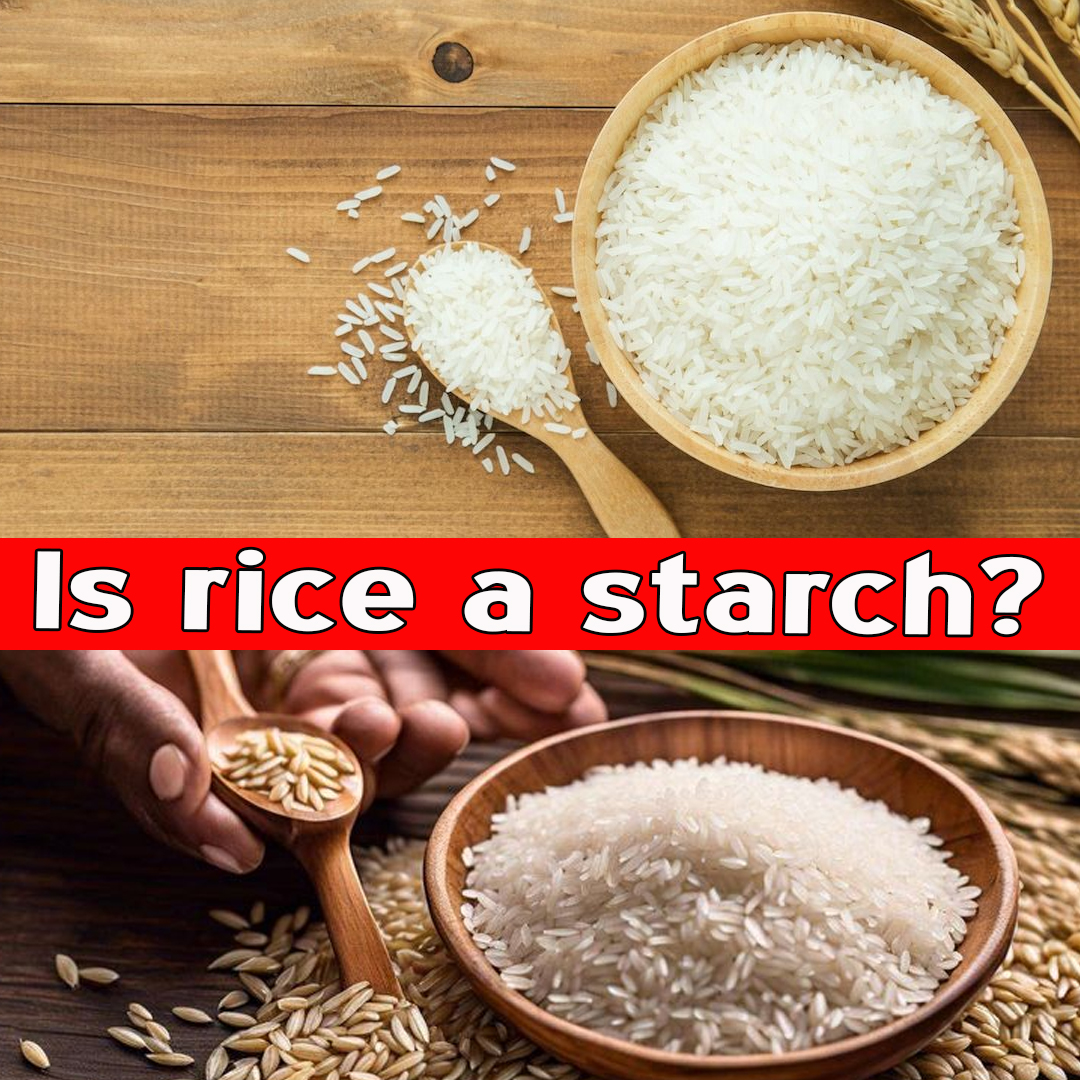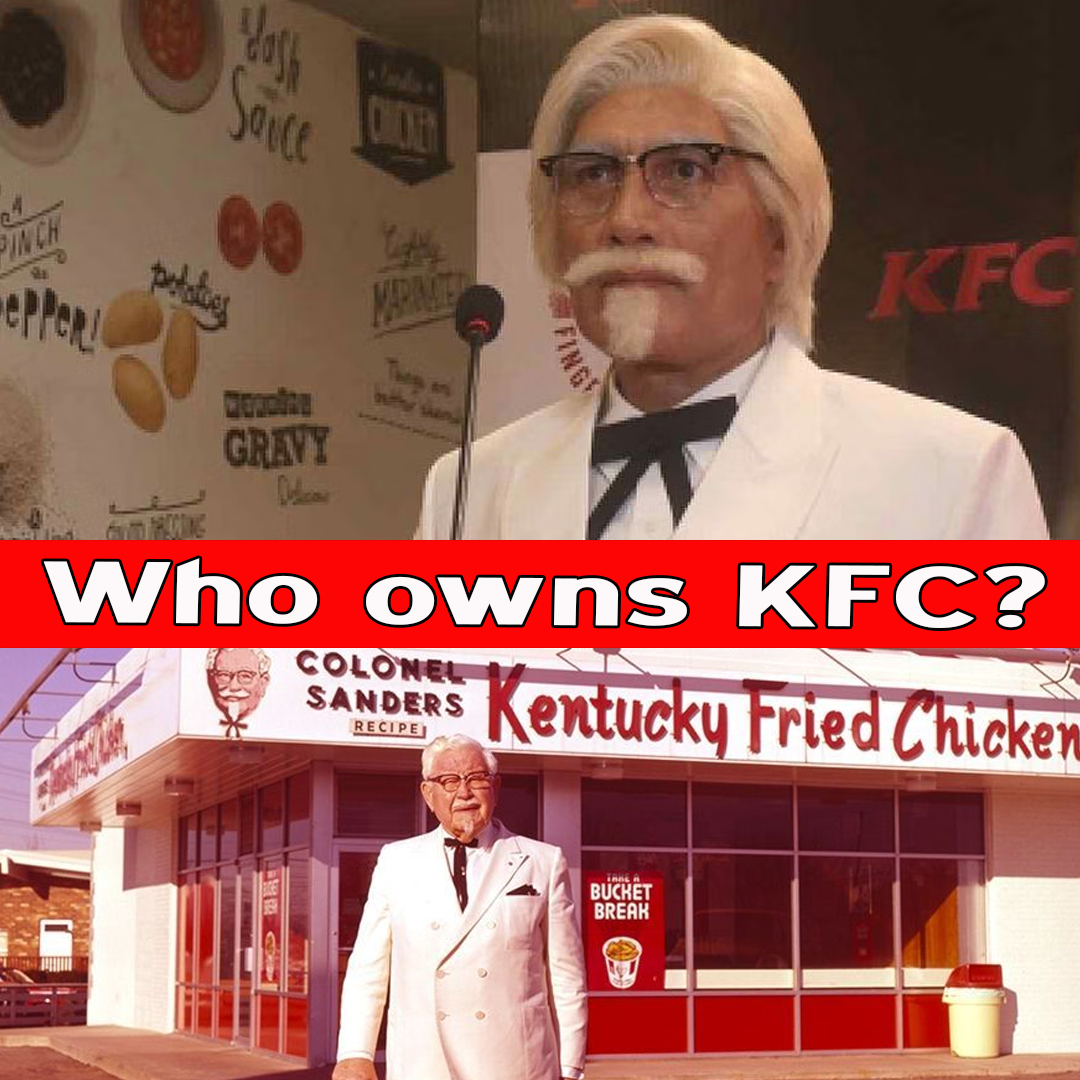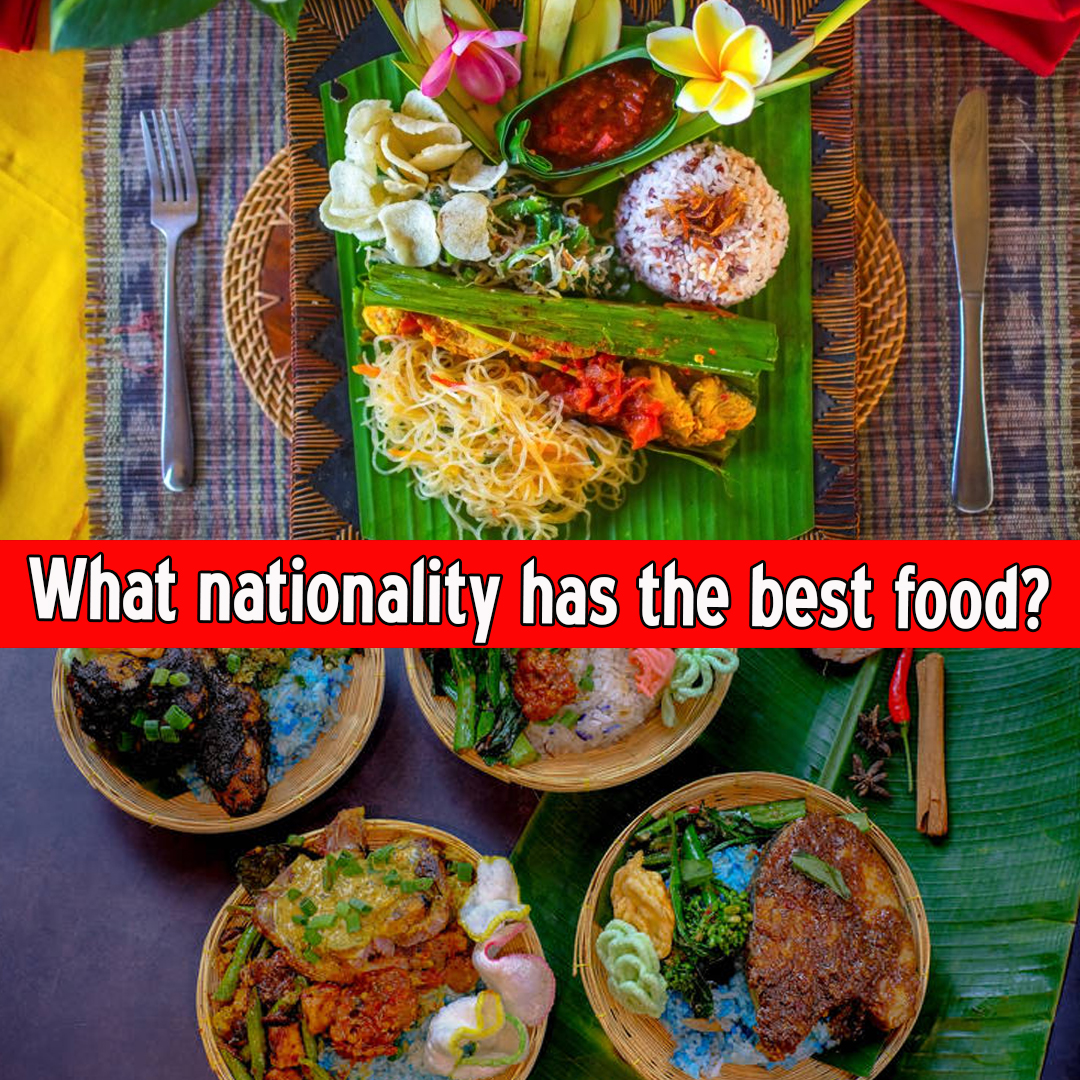What is the Rank of Indian Food in the World?
Indian cuisine is a global culinary powerhouse that captivates food lovers with its vibrant flavors, rich history, diverse ingredients, and cultural depth. With roots that stretch back thousands of years, Indian food has found its way to the tables of every continent—celebrated not only for its complexity but also for its adaptability, variety, and soul. But when it comes to global rankings, many ask the question: What is the rank of Indian food in the world?

What is the rank of Indian food
In this article, we explore Indian food’s global ranking, popularity, cultural influence, international reach, and its standing compared to other world cuisines. Through surveys, expert opinions, and food data, we unravel how Indian food is perceived globally and why its place in the culinary hierarchy continues to rise.
1. Understanding Global Cuisine Rankings
Before assessing Indian food’s rank, it’s essential to understand how food rankings are measured. Culinary rankings often consider the following factors:
- Popularity and global reach
- Cultural significance and heritage
- Diversity of dishes
- Taste and flavor complexity
- Health benefits
- Adaptability and influence on global cuisine
- Presence of restaurants worldwide
- Public and expert surveys
Organizations like TasteAtlas, CNN Travel, BBC Food, and National Geographic have conducted such rankings, often based on thousands of votes, expert reviews, and food trends.
2. Indian Cuisine in Global Rankings
a. TasteAtlas 2024 Ranking
TasteAtlas, a global food and travel guide platform, ranks cuisines based on audience votes and critic reviews. In its 2024 list of the Top 100 Global Cuisines, Indian cuisine was ranked 5th. This is a significant indicator of the global love and respect for Indian food.
Top 10 Rankings (TasteAtlas 2024):
- Italian
- Japanese
- French
- Mexican
- Indian
- Chinese
- Thai
- Turkish
- American
- Spanish
b. CNN Travel Readers’ Choice
According to CNN Travel’s global food survey (2023), Indian cuisine was ranked 4th most loved food by readers across the globe. The reasons included its spice variety, rich vegetarian offerings, and famous dishes like biryani, tikka masala, and samosas.
| Read more – What nationality has the best food? |
c. National Geographic & BBC Food
Indian cuisine has consistently appeared in Top 10 Global Cuisine lists in National Geographic and BBC Food rankings, with special recognition for its regional variety and use of medicinal spices.
3. Global Popularity of Indian Food
a. International Reach
Indian food has a prominent presence in global cities including:
- London – More Indian restaurants than in many Indian cities.
- New York – Michelin-starred Indian restaurants like Junoon and Indian Accent.
- Dubai – Home to over 2,000 Indian eateries.
- Toronto – A hub for South Indian, Punjabi, and Indo-Chinese cuisine.
Even in countries with no Indian diaspora, like Brazil or South Korea, Indian food is finding fans due to digital exposure and food tourism.
b. Famous Indian Dishes Known Worldwide
- Butter Chicken
- Chicken Tikka Masala
- Biryani
- Naan & Garlic Naan
- Samosa
- Masala Dosa
- Chole Bhature
- Paneer Butter Masala
- Gulab Jamun
- Mango Lassi
Many of these dishes are frequently featured on menus of international restaurants and have become comfort food staples for people across cultures.
4. What Makes Indian Cuisine Globally Beloved?
a. Spice Mastery
Indian cuisine is known for its complex spice blends, not just heat. Spices like cumin, turmeric, coriander, fennel, cardamom, and cloves create unique flavor profiles.
Each spice is not only flavorful but has medicinal properties, contributing to the cuisine’s popularity among health-conscious eaters.
b. Diversity & Regional Richness
No other country offers the level of culinary diversity that India does:
- North India: Rich gravies, tandoori dishes, paneer, naan.
- South India: Rice-based dishes, dosas, idlis, coconut gravies.
- West India: Gujarati thalis, Goan seafood, Maharashtrian street food.
- East India: Bengali sweets, fish curries, Assamese rice dishes.
Each region presents a different culinary identity, making Indian food a vast and flavorful landscape.
c. Vegetarian Excellence
India is the world leader in vegetarian cuisine. With over 500 million vegetarians, Indian chefs have mastered the art of making meat-free food flavorful and satisfying. Dishes like palak paneer, rajma, dal makhani, and aloo gobi are beloved globally.
d. Street Food Culture
India’s street food is unparalleled in variety and excitement:
- Pani puri
- Vada pav
- Pav bhaji
- Kathi rolls
- Aloo tikki chaat
These dishes have become sensations in countries like the UK, USA, Australia, and UAE.
5. Indian Cuisine vs. Other Top Cuisines
| Cuisine | Core Strength | Global Rank (Average) |
|---|---|---|
| Italian | Simplicity, comfort, cheese & pasta | #1 |
| Japanese | Clean flavors, sushi, precision | #2 |
| French | Culinary techniques, pastries | #3 |
| Mexican | Street food, rich sauces | #4 |
| Indian | Spices, diversity, vegetarian dishes | #5 |
| Chinese | Variety, sauces, noodles | #6 |
| Thai | Sweet-sour-spicy balance | #7 |
| Turkish | Kebab culture, Mediterranean influence | #8 |
Indian cuisine often competes closely with Mexican and French food for flavor intensity, and with Chinese and Thai food for spice and complexity.
6. Celebrity and Media Endorsements
Several celebrity chefs and media houses have praised Indian cuisine:
a. Gordon Ramsay
Ramsay has visited India multiple times and created Indian-inspired dishes on his shows. He has praised Indian street food and regional specialties.
b. Anthony Bourdain
Called Indian food “one of the world’s greatest food traditions” and often explored it in his travels.
c. Netflix & Food Documentaries
Indian food has been featured in:
- Street Food: Asia (Netflix)
- Chef’s Table
- Somebody Feed Phil
- MasterChef Australia contestants often create Indian fusion dishes.
7. Growth of Indian Fine Dining
India is no longer just about comfort food and curries. Chefs like:
- Gaggan Anand (Bangkok): Experimental Indian cuisine, ranked among the best restaurants in the world.
- Vikas Khanna (New York): Michelin-starred chef promoting Indian cuisine globally.
- Manish Mehrotra (Indian Accent): Fusion of traditional and modern Indian food.
- Garima Arora (Gaa): The first Indian woman to win a Michelin star.
These chefs are taking Indian cuisine to the highest levels of gourmet dining, challenging French and Japanese dominance in the fine-dining scene.
8. Challenges Faced by Indian Cuisine
Despite its global popularity, Indian cuisine faces certain challenges:
❌ Stereotyping as “Only Curry”
The word “curry” is a colonial simplification. Indian food is much more than gravies. This stereotype often oversimplifies its depth.
❌ Presentation Perception
Compared to Japanese or French cuisines, Indian food is often criticized for lack of visual elegance. However, modern Indian chefs are rapidly changing that.
❌ Misconceptions About Health
Some Western diners wrongly perceive Indian food as oily or heavy. In reality, many Indian dishes are steamed, grilled, or sautéed and use superfoods like lentils and spices.
❌ Underrepresentation in Fine Dining
Indian cuisine is underrepresented in Michelin guides and fine-dining lists. This is slowly changing with global chefs elevating traditional dishes.
9. Indian Cuisine and the Vegan/Health Movement
As the world shifts toward plant-based and sustainable diets, Indian cuisine is becoming even more relevant:
- Naturally vegan dishes: Chole, rajma, dal, aloo matar, baingan bharta.
- Gluten-free options using rice, millets, chickpea flour.
- Ayurvedic principles gaining popularity in wellness communities.
- Spices like turmeric, ginger, cumin, and cinnamon promoted for immune-boosting properties.
10. The Future of Indian Cuisine Globally
🔸 Fusion Growth
Indian tacos, masala burgers, and butter chicken pizza are becoming popular globally.
🔸 Indian Fast-Food Chains Going Global
Brands like Haldiram’s, Biryani By Kilo, and Indian street food trucks are expanding globally.
🔸 Fine Dining Evolution
Expect to see more Indian restaurants in the Michelin Guide and World’s 50 Best Restaurants list.
🔸 Cultural Integration
Indian food is being integrated into global events, weddings, corporate catering, and even school lunches in some countries.
Conclusion: What is the Rank of Indian Food in the World?
Indian food currently holds a Top 5 rank globally, competing with the likes of Italian, Japanese, and French cuisines. Based on data from TasteAtlas, CNN Travel, and international food critics, it is one of the most loved, flavorful, and influential cuisines on Earth.
But beyond rankings, Indian food’s true strength lies in its emotional richness, regional depth, health benefits, and cultural story-telling. Whether it’s a royal Mughlai feast or a street-side samosa, Indian food brings people together in a way few cuisines can.
Final Thought
Indian cuisine may be ranked #5 in the world on paper, but in terms of spice, soul, and substance, it is second to none. As Indian chefs, entrepreneurs, and food lovers continue to push the boundaries, the future holds even greater global recognition for this ancient and evolving culinary tradition.















Leave a Reply